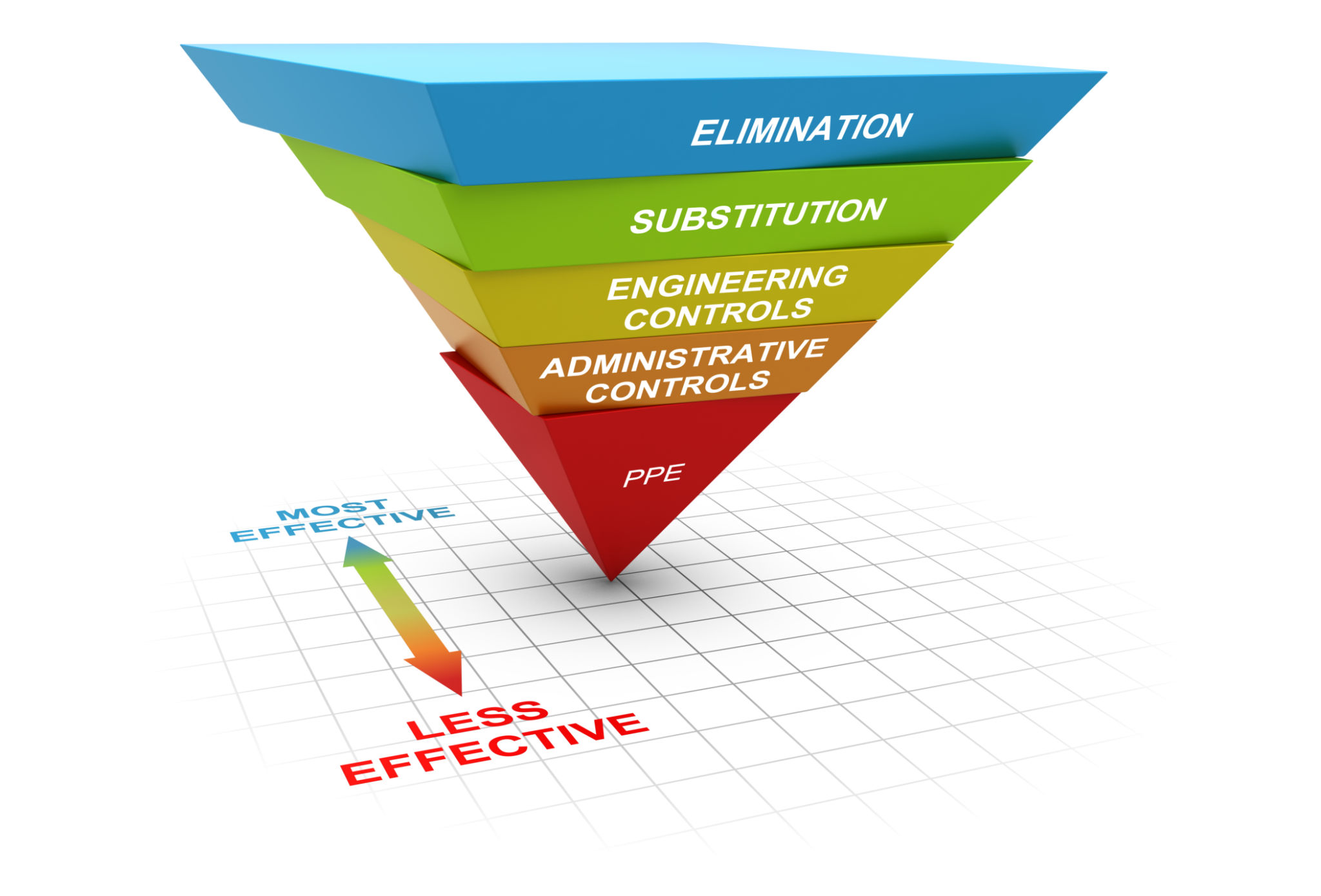The Essential Guide to Graphic Design Principles for Beginners
CH
Understanding the Basics of Graphic Design
Graphic design is an art form that combines creativity and technology to communicate ideas visually. For beginners, understanding the core principles of graphic design is crucial to creating effective and aesthetically pleasing designs. Whether you're designing a logo, a website, or marketing materials, these principles serve as the foundation for your creativity.
The primary goal of graphic design is to convey a message clearly and effectively. This involves balancing elements like color, typography, and imagery to create a cohesive piece that resonates with the intended audience. Let's explore some essential graphic design principles every beginner should know.

The Principle of Balance
Balance in graphic design refers to the distribution of visual weight within a composition. Achieving balance involves arranging elements so that no single part of the design overpowers the rest. There are two types of balance: symmetrical and asymmetrical. Symmetrical balance creates a mirror image effect, while asymmetrical balance uses different elements to create an overall equilibrium.
An effective way to test balance is by squinting at your design; if one side feels heavier than the other, adjustments might be necessary. Remember, balanced designs often appear more harmonious and professional.
Emphasis and Hierarchy
Emphasis is about drawing attention to specific elements of your design to highlight their importance. This can be achieved through size, color, contrast, and placement. Hierarchy, on the other hand, is about organizing the content in a way that guides the viewer through the design naturally.
To create emphasis and hierarchy, start by identifying the most critical information you want to communicate. Use larger fonts or bold colors for headlines and important details, while less critical information can be smaller or more subdued.

Understanding Contrast
Contrast is a vital principle that helps differentiate elements in your design. It involves using opposing elements, such as light vs. dark or large vs. small, to create visual interest and draw attention. Effective contrast not only makes your design more attractive but also enhances readability and directs the viewer's focus.
Experiment with contrasting colors and shapes to see how they impact your design. However, be mindful not to overdo contrast, as too much can lead to visual confusion.
The Power of Repetition
Repetition strengthens a design by creating consistency and unity across different elements. This principle involves using similar shapes, colors, or patterns throughout your work. Repetition helps reinforce a design's overall message and makes it easier for the audience to recognize patterns and understand the content.

Think of repetition as the glue that holds your design together. Consistent use of fonts, colors, and styles can make your work appear more professional and coherent.
Alignment for a Clean Look
Alignment ensures that all elements in your design are placed in relation to each other, creating a neat and organized appearance. Proper alignment helps form connections between different elements, making the composition easier to navigate.
Use grids and guides to ensure precise alignment. Consistent alignment enhances readability and ensures that your design looks polished and intentional.
The Role of White Space
White space, or negative space, is the area around and between elements in a design. While it might seem like empty space, white space plays a crucial role in enhancing readability and providing visual breathing room. It helps prevent your design from feeling cluttered and allows key elements to stand out.

Don't be afraid to embrace white space in your compositions. It can make your designs feel more open, elegant, and easier to understand.
Conclusion: Start Designing!
Understanding these essential graphic design principles will set you on the path to creating compelling and visually appealing designs. As you practice and experiment with these concepts, you'll develop your unique style and improve your ability to communicate messages effectively through design.
Remember, graphic design is both an art and a science. By mastering these principles, you'll have the tools you need to bring your creative visions to life. So grab your tools, start designing, and let your creativity shine!
